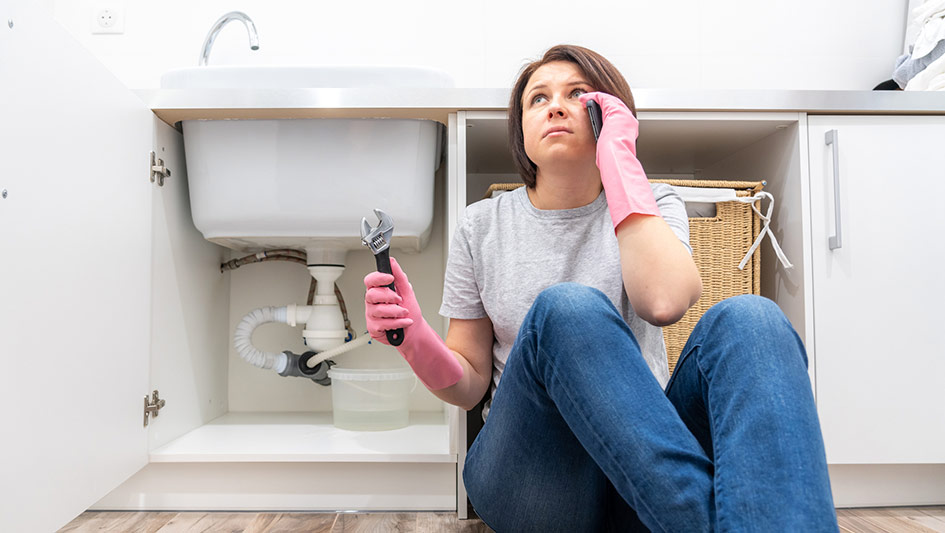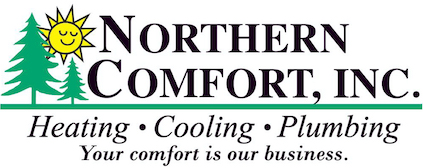
stopped up kitchen, bathroom and shower drains are everydayproblems. Many residents reach for chemical drain cleaners because they promise to fix the problem quickly. But before you add that liquid down the plumbing, it's worth understanding the chemical drain cleaner
problems and looking at safer gentler, long-term methods.
What Are Chemical Drain Cleaners?
Chemical drain cleaners come in caustic, oxidizing and acidic varieties. These products dissolve clogs by generating heat or dissolving organic matter debris. You can easily get name brands like Drano at your local grocery or hardware store, but it's worth asking–is Drano bad for pipes? The answer depends on regularly you use it and what shape your pipes are in.
Frequent use of chemical solutions can hasten damage on older plumbing, especially metal pipes, which are at risk of deterioration. Even newer systems aren't immune– frequent exposure to corrosive chemicals may deteriorate joints, affect seals and limit the longevity of your plumbing. Many professionals discourage relying on chemical drain cleaners as a go-to fix. Instead, they advocate for safer alternatives that eliminate clogs without causing long‑term damage to your pipes.
The Hidden Risks of Chemical Cleaners
Health concerns are a clear liquid drain cleaner danger. These products often feature highly caustic ingredients that will result in severe significant burns if you get them on your skin. They also produce fumes that can harm your eyes, nose and lungs, causing risky conditions for you and anyone around. For households with children or pets, even a small spill or accidental exposure can create serious medical emergencies, making chemical drain cleaners a hazardous choice.
The long‑term outcomes of using chemical drain cleaners often overshadow the short‑term advantage. While chemicals may briefly resolve a clog, they can also harm your plumbing. Older pipes are especially prone, since corrosion accelerates wear and tear, causing leaks or even total collapse.
What may seem like a straightforward household solution can also have widespread environmental implications. If you have a septic system, chemical drain cleaners can harm the fragile ecosystem of bacteria needed to decompose waste, decreasing efficiency and creating substantial damage. If these chemicals enter the water supply, they contribute to worsen pollution that impacts ecosystems and public health.
The Hidden Issues Behind Quick Fixes
While chemical drain cleaners may briefly eliminate minor clogs, they often struggle when dealing with persistent drain clogs. For example, a hair clog in a shower drain may seem to disappear temporarily, only to return weeks later because the cleaner didn't fully remove the buildup. Over time, frequent use of chemicals can cover up the problem without ever addressing it, leaving you irritated with the same sluggish sink or shower.
A common misconception is that chemical drain cleaners are safe on plumbing. However, they aren't septic-safe drain cleaners. The aggressive ingredients can disrupt the natural bacterial balance inside a septic tank, limiting its ability to break down waste and potentially creating pricey repairs. For households that contain septic systems, chemical solutions are a poor an inappropriate choice compared to enzyme-based or mechanical alternatives.
There's no alternative for a professional plumbing inspection if you have recurring clogs or other major problems. In these cases, adding more chemicals down the drain will only prolong the unavoidable. Call a licensed plumber to find the underlying cause, whether it's tree root intrusion, cracked or corroded pipes or years of buildup needing specialized tools like hydro-jetting. Once they determine the problem, experienced professionals can solve it safely and effectively without using toxic chemicals.
Safer Substitutes for Homeowners
Many alternate choices of chemical drain cleaners preserve plumbing systems instead of hurting them. Together, these safer solutions safely handle clogs while keeping a better environment inside and outside your home.
Chemical-free drain cleaning is one of the simplest solutions. You can combine affordable pantry ingredients like baking soda and vinegar to produce a fizzy reaction that breaks up debris inside pipes. Clear with hot water afterward to wash away residual buildup. This natural approach can quickly fix simple issues such as a slow-draining sink.
Another option is enzyme-based drain cleaners, which employ natural substances ingredients to break down digest organic matter such as hair and food particles. Unlike harsh aggressive chemical products, these biodegradable cleaners are gentle mild on pipes and safe for skin and septic systems. They work gradually, but their effectiveness in preserving healthy drains makes them a smart practical, preventive maintenance-focused choice.
Mechanical drain cleaning methods tools are often the most reliable successful for major clogs. Tools like plungers and drain snakes physically eliminate clogs, and you can use them as often as you need to without thinking about causing more problems.
When Should You Call a Professional?
Many homeowners ignore early indicators like backed-up drains or sewage odors until water has nowhere else to go and begins backing up into the house. The resulting damage is typically pricey, and your homeowners' insurance may not fully cover the restoration. Don't wait until it's too late. If you notice any of these issues, it's time to search for a certified plumber near you.
Plumbers have specialized tools you don't. Licensed professionals use drain cameras to inspect drains and uncover hidden damage before it gets worse. This early detection and remediation can save you major expenses and stress in the long run. A properly maintained drain system prevents headaches, protects your property and keeps your home safe and sanitary.
Stop the Damage and Protect Your Pipes With Better Choices
Chemical drain cleaners may promise quick results, but these products can create more problems than they solve. Choose better options to protect your drainage system, your family and the environment.
Natural drain cleaning methods, enzyme-based products and professional services such as drain snaking and hydro-jetting are the best ways to clear repeated clogs without risking further issues. Skilled professionals also provide emergency drain cleaning and practical drain maintenance tips to prevent potential clogs. Switching to eco-friendly options is an investment in the lasting condition of your home and plumbing.


